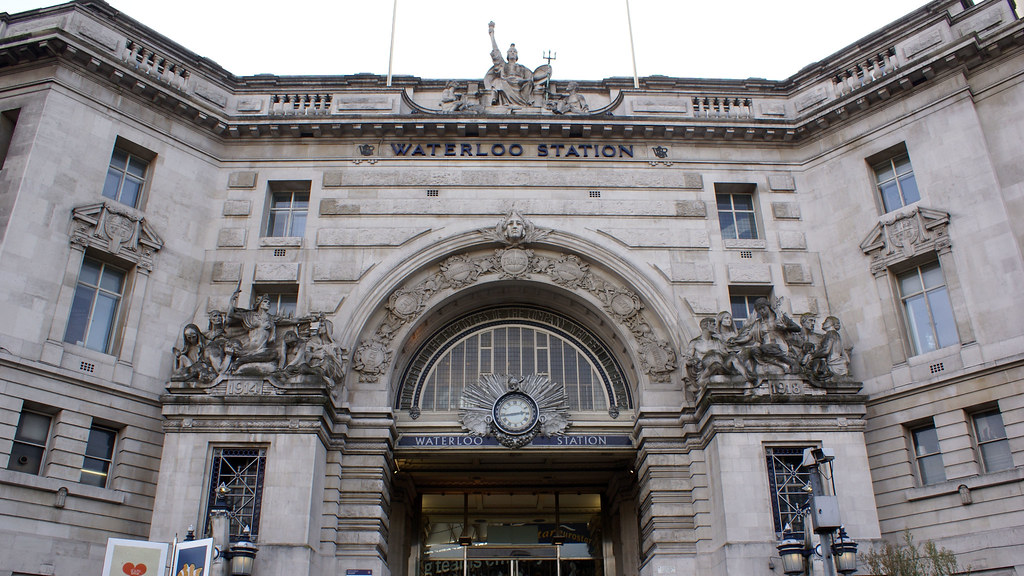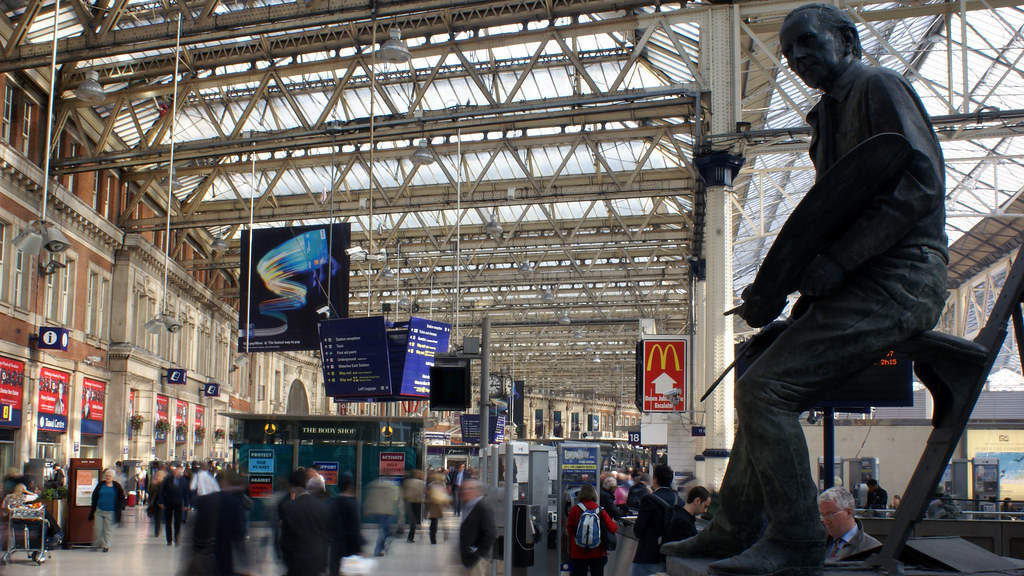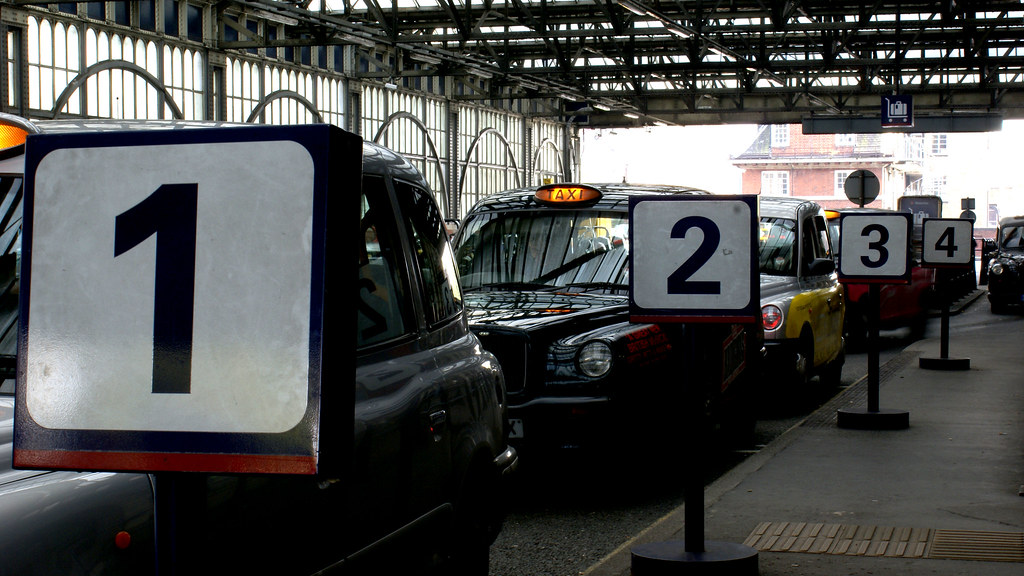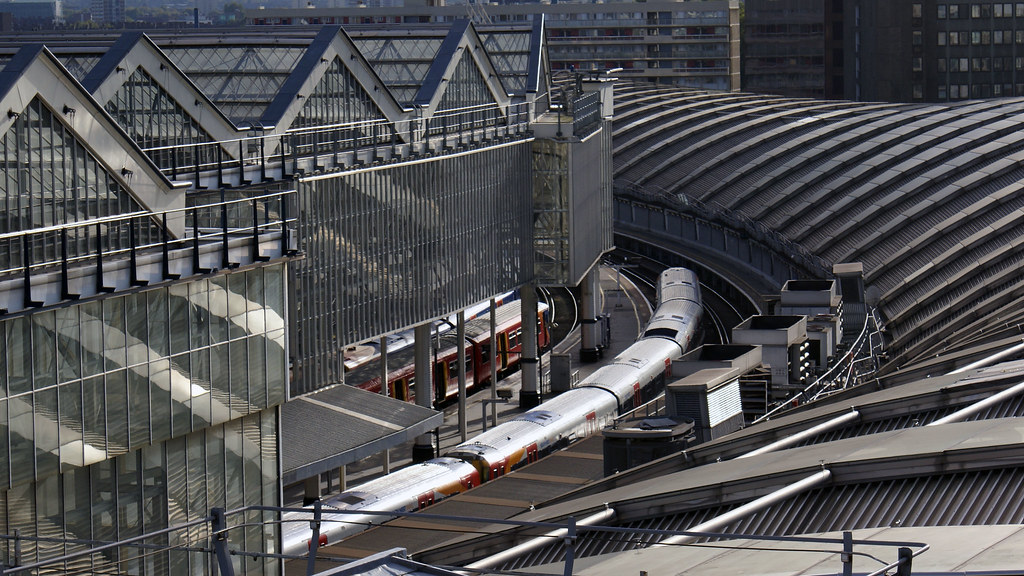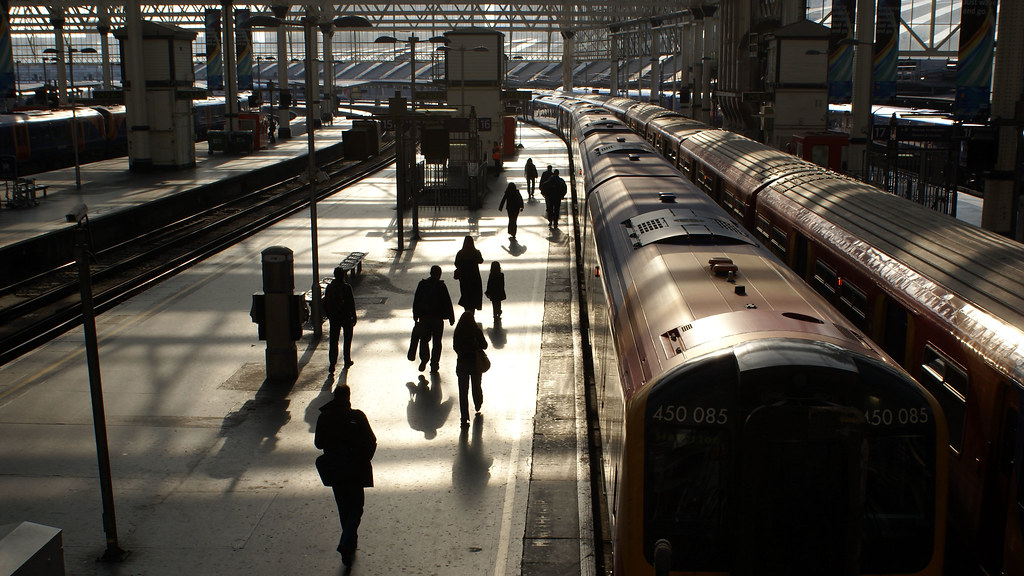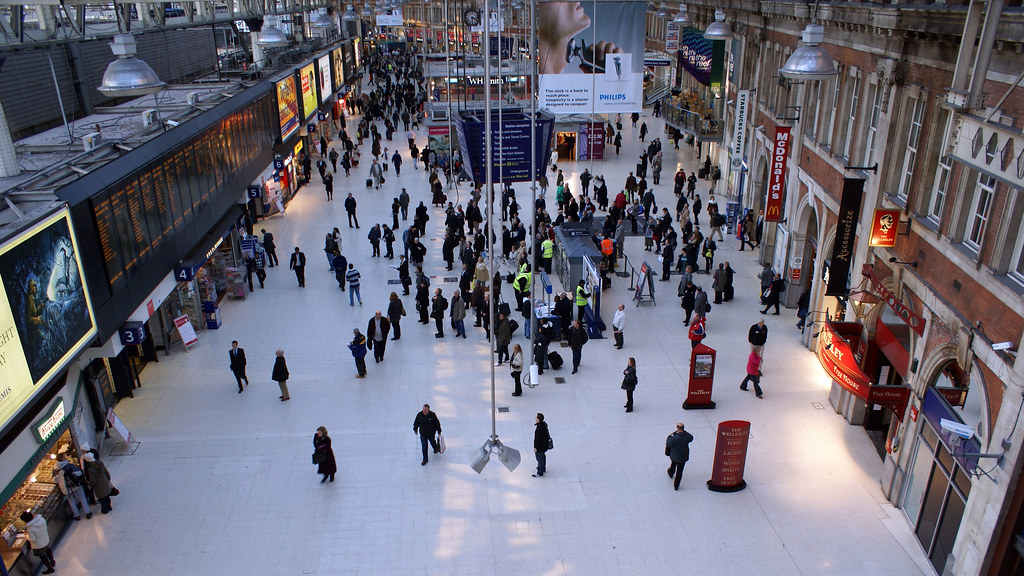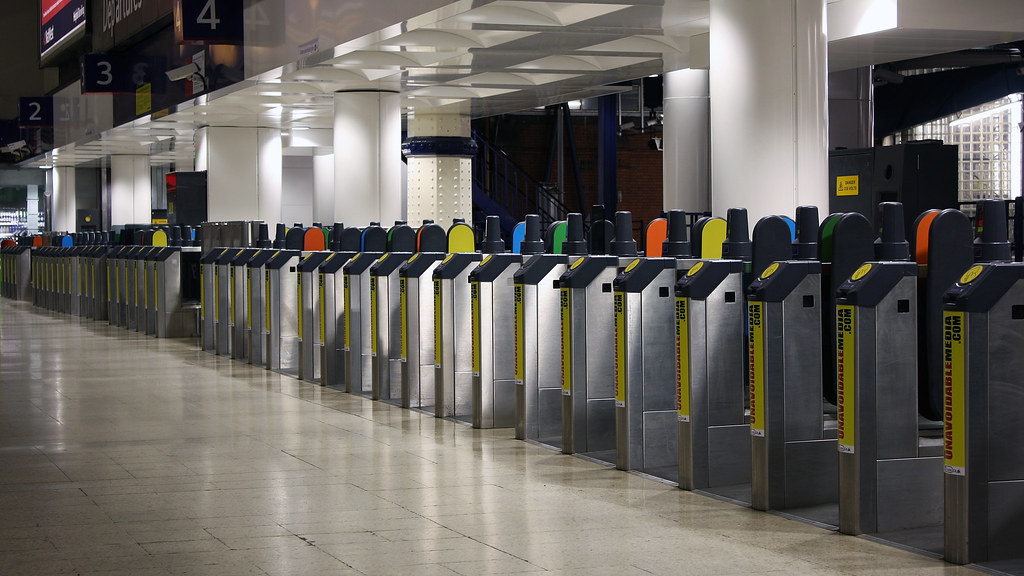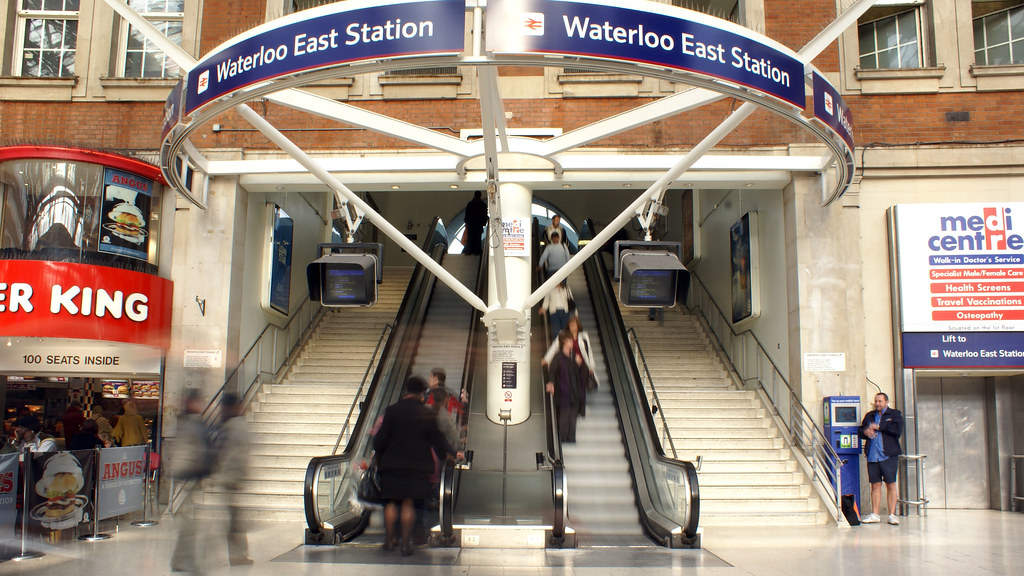London Liverpool Street
Opened back in 1874, London Liverpool Street station is the terminus of the Great Eastern Main Line (Stratford, Norwich, Ipswich, Colchester, and Harwich) and West Anglia Main Line (Harlow, London Stansted Airport, and Cambridge), located just off Bishopgate in the Square Mile, serving the heart of global financial.
Upwards of half a million people pass through the station each weekday, making it the third busiest station in London (behind London Victoria and London Waterloo).
As well as providing various commuter services to the 173 stations of the National Express East Anglia (NXEA) network, the Stansted Airport Express operates from Liverpool St, as does the Dutchflyer - a special train for romps in Amsterdam! The Central, Circle, Hammersmith & City, and Metropolitan platforms are located at the southern end of the station.
The frontage of the station was designed by Charles Barry of the Houses of Parliament fame, in the neo-gothic tradition while the glazed shed was designed by Edward Wilson. There are 18 National Rail and 4 London Underground platforms, with and a disused connection between the two. All platforms bar the two Central Line platforms are at the same level (below street-level) in a giant cutting.
Liverpool St was attacked in both World War's; one attack in 1917 killed 162 people, while another in WW2 destroyed the roof. Liverpool St also played a part in the Kindertransport - the mission to rescue thousands of Jewish children from the clutches of the Nazis' (a similar plan by the US failed to get approval from Congress)
The station was heavily renovated in the 90's, creating several retail outlets, an expanded concourse, and new access points from the surrounding area. The next milestone development in the history of the station will begin shortly with the creation of Crossrail platforms running on an west-east axis. The platforms are so long that they will connect up in the east to the terminus at Moorgate.
Pics taken by
Waterloo Station from flickr.com


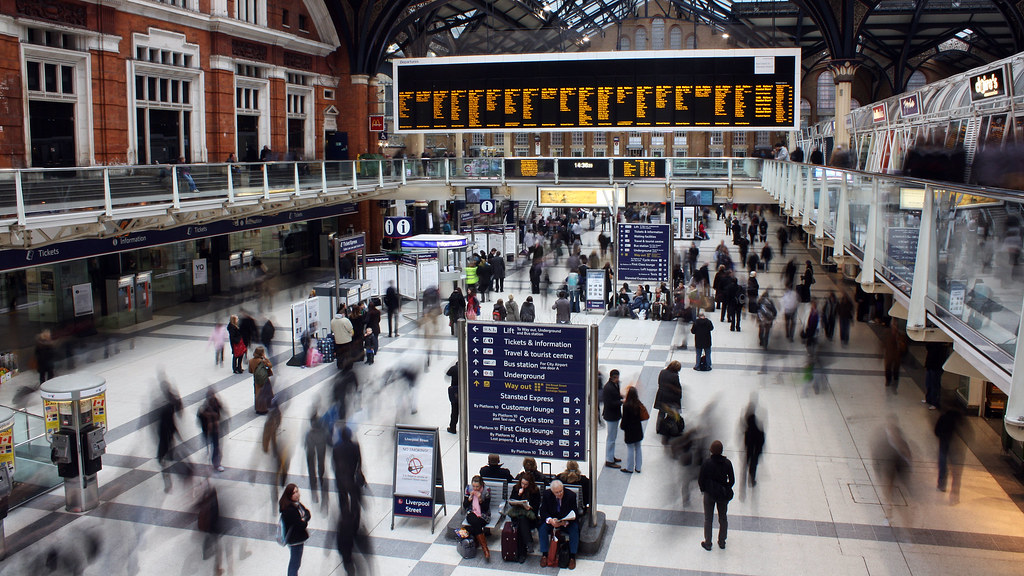

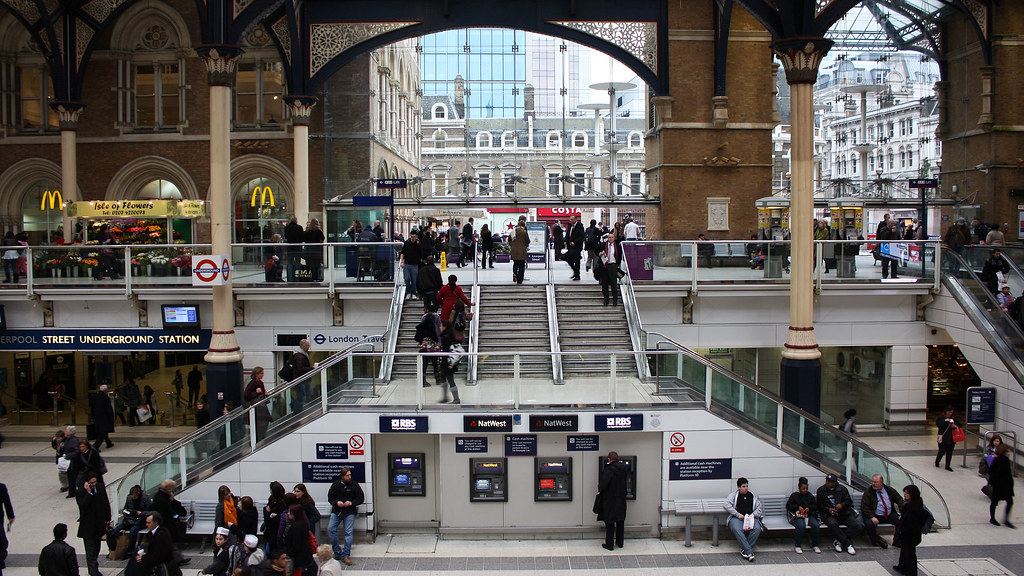

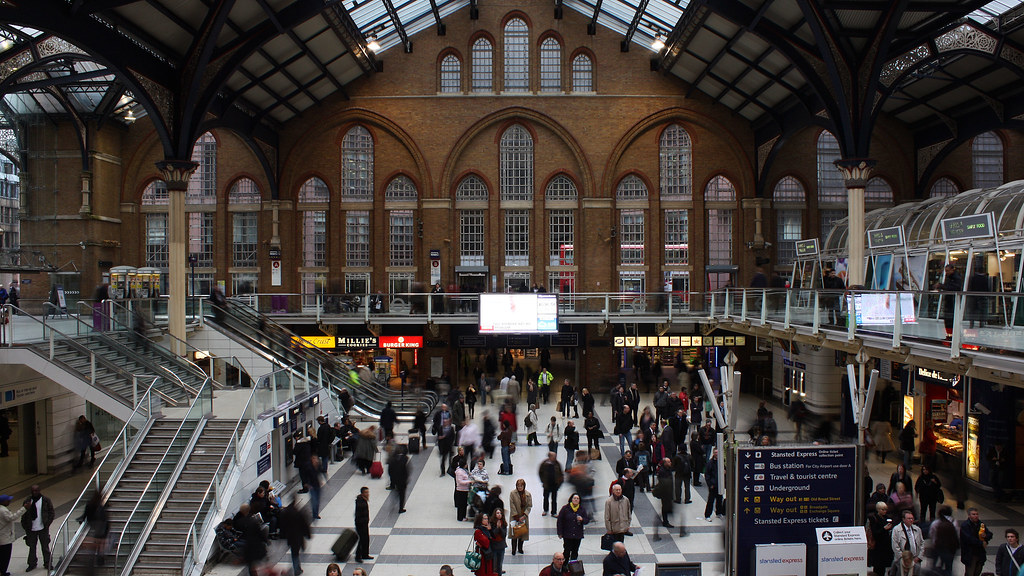
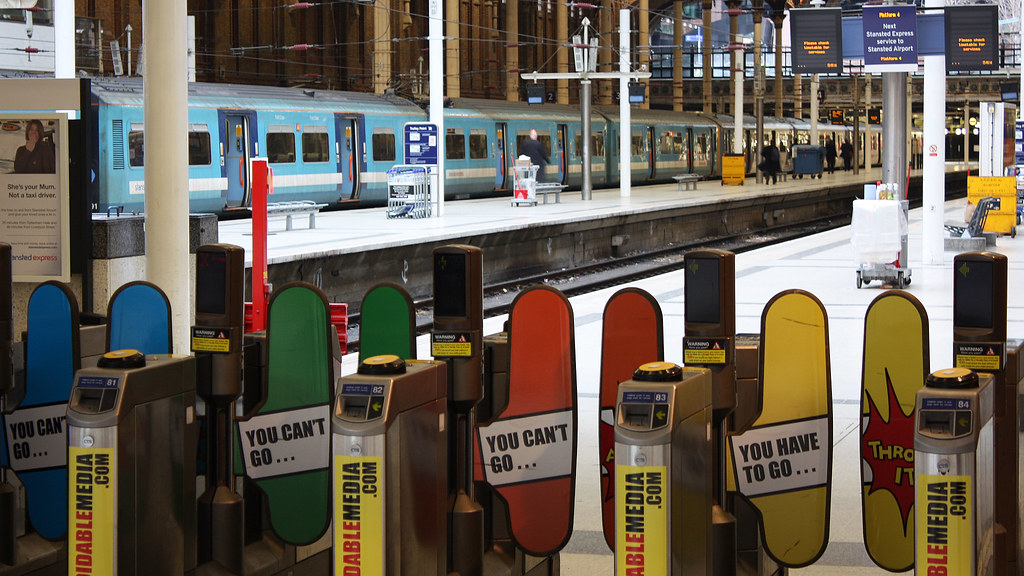



 London Waterloo
London Waterloo
Dating back to 1848, London Waterloo is the busiest station in Europe (by passenger count) and the largest station (by floor area and platforms) in the UK. Waterloo is located on the southbank, opposite the Palace of Westminster, but set back from the Thames.
The current station appearance owes to work undertaken in the early 20th century to create a vast 250m long concourse which feeds into the platforms. The arch that welcomes visitors was built to honour former employees who were lost in both world wars. The concourse, commuter platforms, and approach tracks are built above street-level on a vast viaduct. An extension (by Grimshaw architects) to the station was built in 1994 to coincide with the opening of the Channel Tunnel. These platforms are amongst the longest in the world - measuring in at 400m in length.
The station is the terminus for South West Trains (the largest commuter rail operator in the UK), and until the opening of HSR1 was home to Waterloo International and Eurostar. South West Trains run to numerous locations throughout London (Windsor, Kingston, Wimbledon, Hampton Court), and the wider South-West England area (Southampton, Bournemouth, Weymouth, Portsmouth, Woking, Reading, Basingstoke, Guildford, Salisbury, Exeter, Plymouth).
Currently platforms 1-20 are used by South West Trains, while the four platforms previously used by Eurostar are now vacant. Work is on-going to re-model the approach tracks to allow use of the lengthy platforms - 15 carriage long commuter trains!
London Underground operates one of its busiest and most complex station complexes beneath Waterloo. Eight platforms of the Bakerloo, Jubilee, Northern, and Waterloo & City converge to provide direct access to the West End, the City and Canary Wharf.
Attached to Waterloo is a 4-platform through-station called Waterloo East. Previously trains from Waterloo could run through the concourse to Waterloo East and then onwards to destinations in South-East London, and Kent. This connection was removed and a pedestrian bridge now connects the two stations - a picture below shows the Waterloo concourse connection. The platforms at Waterloo East are lettered to avoid confusion, which are served by Southeastern and Southern trains. Waterloo East is in turn connected to Southwark station on the Jubilee line (the next station on from Waterloo)
In addition to being a terminus for living, there was also a terminus adjacent to Waterloo for the dead. The London Necropolis Company which ran the world's first funeral trains ran westward to a vast cemetery in Brookwood (outside Woking). The station was destroyed during the 2nd World War.
In the future, it is planned for the concourse to be lowered to street level, which will allow for the platforms to be extended above to allow for longer trains. The area outside the station is also set to be given an overhaul with a new square, better pedestrian and cycle access, and new buildings that open the area up. If built, Waterloo would also be a stop on the Cross-River and City tram schemes.
In the longer term, Crossrail lines would ease congestion on the Underground and allow for more direct services towards other areas of Central London.
Photos taken by
Waterloo Station at flickr.com
